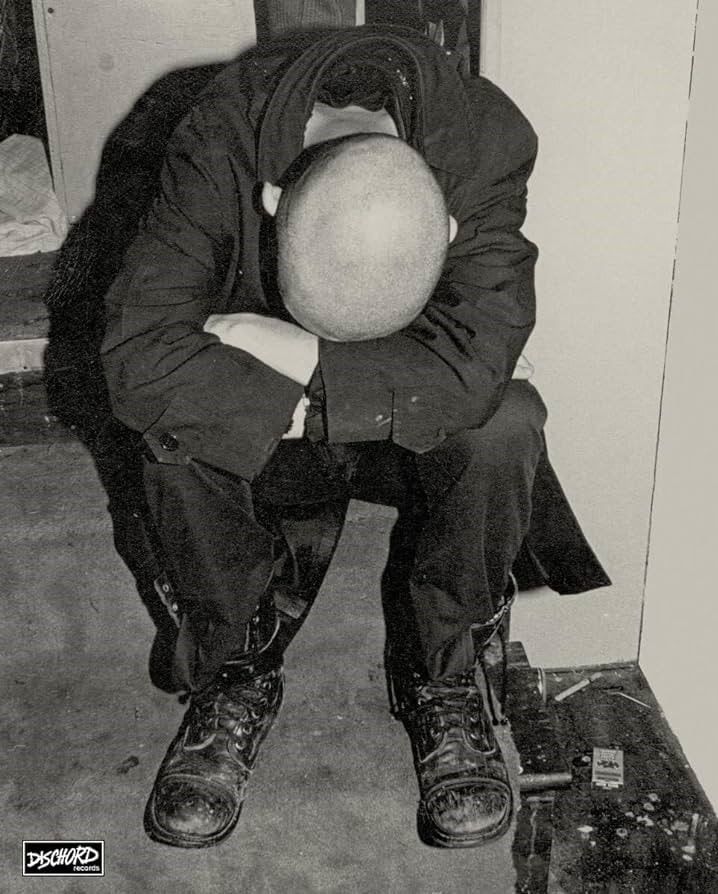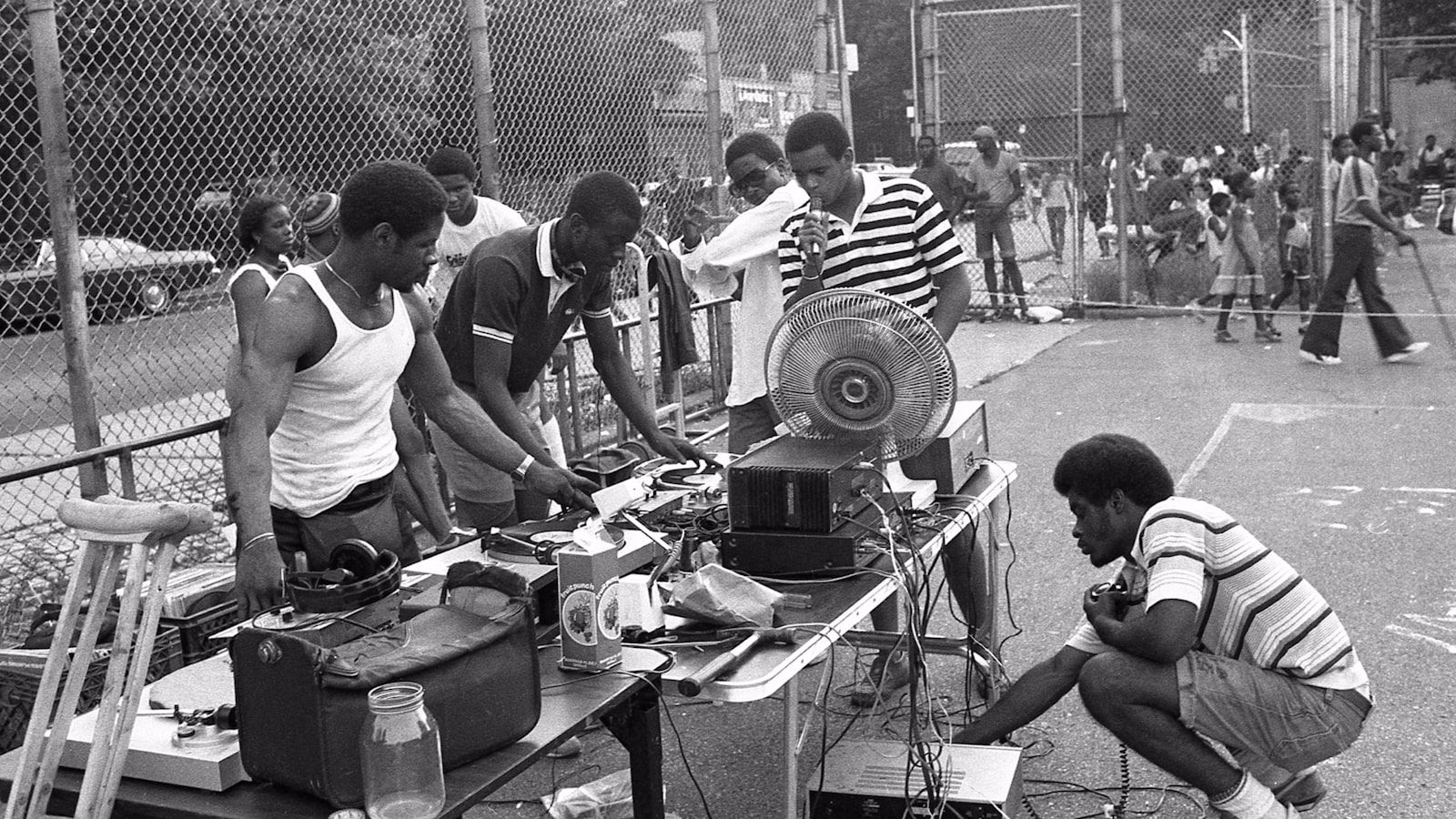You might be a college student, and your interest in the world of music and songwriting has been growing. You might be studying music formally, or you might be just a beginner, but you are ready to learn about songwriting. If you ever find yourself overwhelmed by academic responsibilities while pursuing your passion, UKWritings.com offers a reliable do my essay service to help manage your workload, allowing you to focus more on honing your craft and composing songs.
Finding Your Inspiration
Songwriting can begin with an idea; you are in the middle of college, surrounded by potential inspiration. From your own life experiences to the words of your friends, your daily academic classes can all be potential themes for your songs. Whether it’s an instinctual phrasing you think of in the shower or an interesting lyric you overhear at a coffee shop, jot down or record those ideas in a phone note throughout the day.
It’s OK to steal from other artists – not their songs, but their techniques. My advice is to listen to lots of different kinds of music, and notice how other songwriters handle the job. Then take little bits of what works for you, and do it your way.
Song Structure
As you work on developing your songwriting skills, you might find it helpful to balance your creative pursuits with academic support, such as seeking the best essay writing services to manage your coursework effectively. Before you write your own songs, get a sense of how popular music is built, since most songs have a verse-chorus structure, sometimes with a bridge. Familiarize yourself with these elements:
- Verse: The story is told here or the scene is set. Verse lyrics are likely to be different each time the section is repeated.
- Chorus: The catchiest part of the song, which usually expresses the song’s central message or hook, occurs with the same lyrics or similar lyrics at the end of the verse and often is subsequently repeated several times throughout the song.
- Bridge: This section stands in contrast to both the verse and chorus, often with its own chord progression or melodic idea. It helps break up the monotony and liven up the song.
- Pre-chorus: Some songs include a pre-chorus, a section that acts as a bridge to the chorus, creating suspense.
- Outro: Ending of the song. This could be a repetition of the chorus or a unique part.
Identifying these elements will enable you to compose them and you will be on your way with your song-writing.
Creating Melodies
It is the melody that people most often recall about a song. As you begin to hone your songwriting chops, strive for the melody to be as catchy as possible, yet one that works well with the lyrics. Hum or sing out some ‘noodling’ sounds and see where it takes you. Try a variety of notes until something ‘sticks’. Then, record your ideas on your phone or a little digital voice recorder (don’t wait until you get home to record or you’ll definitely forget!
See what interesting patterns you come up with by playing around with scales and modes. By all means, use major and minor scales (which are the basis for most pop music), but don’t overlook the pentatonic scale or any of the seven modes (such as Dorian and Mixolydian) in which you might find the right atmosphere.
Pay careful attention to the contour of your tune. A good melody often alternates between longer notes and shorter notes, creating a sense of arc and movement. When you sing your song over different chord changes, notice how the feel and motion of the melody changes.
Writing Lyrics That Resonate
You gotta have a great lyric. That’s where your content comes in, that’s what your song says, that’s what you’re really sharing and exposing to your listeners, so that’s where you can share your story. You can share what you’ve experienced, you can share what you remember, you can share how you felt when you were sitting in class one day, and you can just share it with real honesty and integrity, and that’s what makes a great lyric. You can be a college student and still have something to say.
Use descriptive details and clear imagery to conjure your lyrics for your audience. ‘I felt sad’ may be what happened, but what does sad feel like physically, or what was the environment surrounding that sadness?
Throw in the occasional metaphor, simile and alliteration for good measure and you’ll add layers of meaning and interest. But avoid using too many instances of the same technique, otherwise your writing will start to feel forced or hackneyed.
Developing Chord Progressions
Chord progressions are the harmonic backbone of your songs. If you play an instrument such as guitar or piano, experiment with different chord voicings. Try to find progressions that complement your melody and lyric.
You can start by using chord progressions that are common in pop music, like I-V-vi-IV (C-G-Am-F in C major), which is the chord progression of ‘Happy Birthday’. You can also use II-V-I (Dm-G-C in C major). When you’re more comfortable, you can add in lesser-used chords or inversions to make your progressions more distinctive.
Common Chord Progressions in Popular Music
| Progression | Example in C Major | Mood |
| I-V-vi-IV | C-G-Am-F | Uplifting, Emotional |
| ii-V-I | Dm-G-C | Jazz-inspired, Resolving |
| I-vi-IV-V | C-Am-F-G | Classic Pop, Nostalgic |
| vi-IV-I-V | Am-F-C-G | Melancholic, Introspective |
| I-IV-V | C-F-G | Simple, Folksy |
Remember that these are jumping-off points – it’s perfectly fine to break up these progressions, swap them around, or invent your own to give your song its personality.
Balancing Repetition and Variation
A good way to make your music memorable is through the right degree of repetition and variation. Repetition makes your song catchy and easy to remember, while variation keeps it interesting and prevents boredom.
Repetition in the chorus, and in melodic or lyric hooks throughout the piece, gives the listener something he can familiarize himself with; while new lyrics, with subtly different melodies in the verses, moves the narrative ahead.
The bridge is a good spot to add more substantial variation here – maybe a new rhythm, or a different lyrical perspective, or a new chord progression – before heading back to our trusted chorus for a resolution.
Collaborating with Other Musicians
While songwriting is a solitary activity for many people, collaborating with other people can produce new ideas. As a college student, you’re probably surrounded by other musicians and songwriters. Reach out to classmates, join clubs or go to an open mic night that you see on campus.
Working with other people helps you to break out of writer’s block and to spark ideas. It helps you get a sense of perspective on your ideas, and can help combine the different strengths of you and the people you’re working with to end up with something that is greater than the sum of its parts. You have to be open to criticism, and be willing to let go of things. Collaboration means compromise.
Using Technology in Songwriting
Today, digital technology can be the perfect tool for songwriting, as there are many software programs and apps that can help with different aspects of the process, such as recording ideas and singing your songs into your phone.
You can record and layer multiple tracks of audio, play virtual instruments (such as software synthesizers, sampled instruments, guitar VSTs, drum machines, etc), or apply effects to one or more tracks. Digital audio workstations (DAWs), such as Apple’s GarageBand, Ableton Live and FL Studio, are great for this. They’re especially useful if you don’t play an instrument, or want to explore sounds beyond a real instrument.
There are also apps that have been specifically designed for songwriting, such as Hookpad or Suggester, although these shouldn’t replace your ideas – they might just come in useful to get going if you do suffer from writer’s wanting to experiment with different ideas.
Refining Your Songs
When you have a basic song structure, you can start refining and polishing your song. This is when you listen to your song critically and make changes to it.
Listening will help you examine the phrasing of your lyrics and melody. Is there an awkward phrase or note that feels contrived? Are you singing a key phrase all on your own while the instruments play a disconnected countermelody? Revise your lyrics or reshape your melody to create a sense of organic unity.
Try different permutations. Switch the order of your verses around, or insert instrumental stanzas to give the song some contrast and avoid monotony. Perhaps try setting it in a different key or tempo, to better evoke whatever mood you’re trying to express.
When something is not working, don’t be afraid to get rid of parts of it. One of the best things for a section that doesn’t fit is to cut it out – even if you love that section and have worked a long time on it.
Performing and Sharing Your Music
As a college student, there are plenty of occasions when you can showcase your music: look for open mic nights on campus or at coffee shops around town where you can play your songs live, which is a good way to start becoming a performer and hearing what the audience likes about your songs.
How about recording demo versions of your songs, for use online and with your friends? Many DAWs have built-in tools that can be used to capture a decent quality recording at home (home recording is quite a topic on its own) and uploading them to a website such as SoundCloud or Bandcamp can get your music out there, and possibly allow you to connect with other musicians.
But remember that, like most skills, writing songs gets easier with practice. If some early attempts don’t meet your standards, don’t let it discourage you. Every song you write is a lesson learned.
Conclusion
If you’re learning to develop your own songwriting skills as a college student, the way you harmonize chords, create a memorable melody and write lyrics that resonate will all be part of the process of expressing yourself in an effective, authentic way. Given the right tools, the songs you write might even be as timeless as Stray Cat Strut.
Keep in mind that there is no one ‘correct’ way to write a song. Play around with different approaches, be receptive to inspiration from different places, and most of all embrace the process and have fun. You’re guaranteed to have a unique experience and perspective as a college-age writer, and your input is needed to create new, rich and exciting songs. Keep writing, keep learning, and let your songs tell your story.














